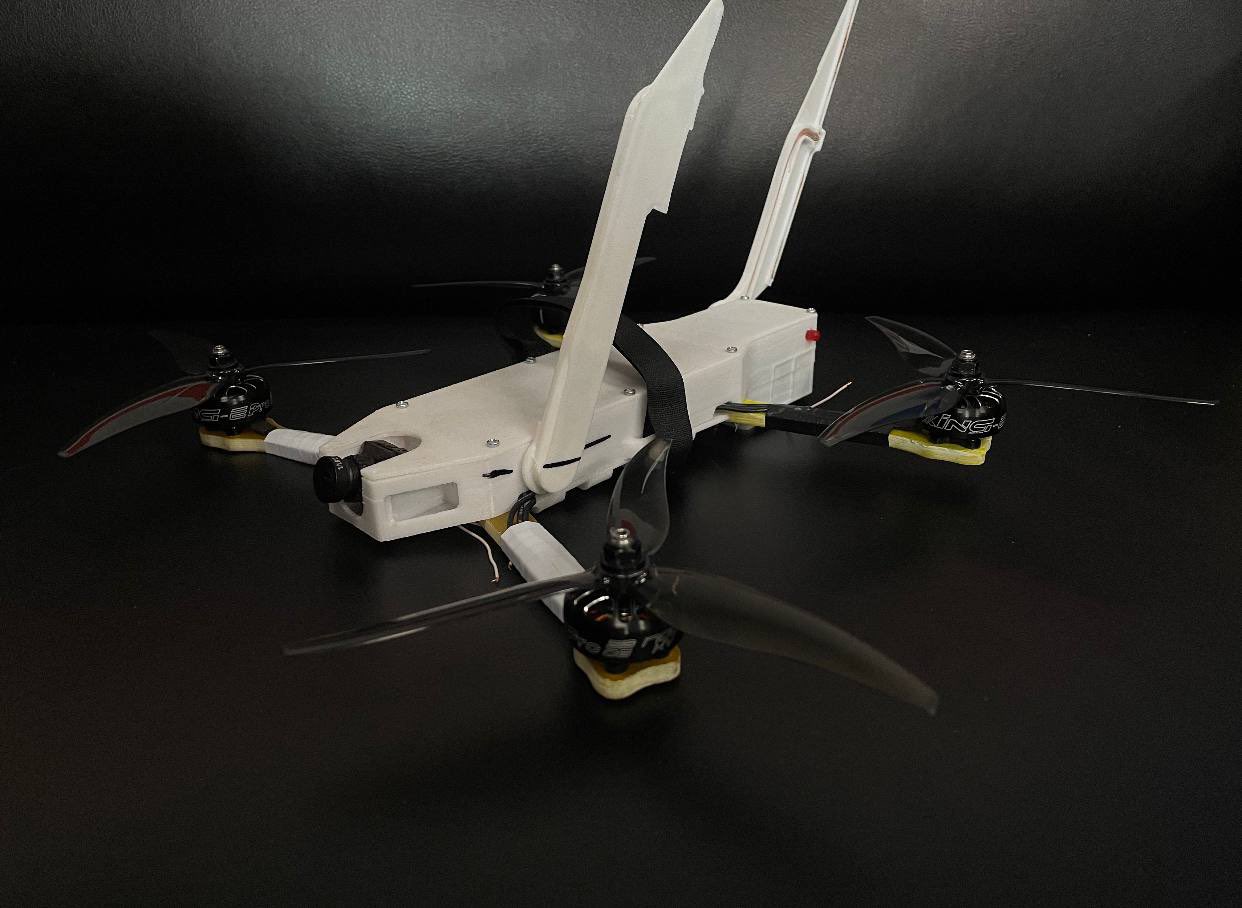In another innovation in the drone war between Russia and Ukraine, Kyiv is using large UAVs with ‘repeaters’ to relay signals and control other latent kamikaze Unmanned Aerial Vehicles (UAVs) to strike Russian soldiers.
The employment of small suicide drones in anti-infantry roles is preventing Russian soldiers from coming to the frontlines or getting picked out by the UAVs. Russia’s credible electronic warfare (EW), too, is catching up, and a top retired Ukrainian general admitted how Moscow keeps finding new ways to jam the UAVs.
The developments follow previous analyses in the EurAsian Times, which reported on the escalation of the drone war and rapidly developing tactics ever since both countries began strapping commercial quadcopters with explosives. The technological advantage keeps shifting as Ukraine adopts a loitering munition-centric strategy for all its land warfare roles, including as substitutes for artillery.
This results from the defense industrial problems in Europe and the US, where they cannot ramp up production and meet Kyiv’s massive need for thousands of artillery rounds daily.
Russian journalists and government reports also reveal an overwhelmed industry and forward units. While pushing forward at the strategic level, Moscow faces tremendous losses tactically, harrowed by looming UAVs while awaiting jammers in sufficient numbers.
‘Mother’ Drone Controlling Other Kamikaze UAVs?
Izvestia journalist Dmitry Zimenkin posted a video of an interview with a Russian soldier on his Telegram channel, where the latter reported the new drone tactics. The soldier, identified with the call sign “Screw,” said Ukraine uses “a big flying queen and a flock of her little drones,” enemy in the Seversky direction.

The “wing has a repeater, and under it a dozen kamikazes.” Thus, the UAV strike group can operate over much greater distances than FPVs, usually used directly with an operator. With a “wing” capable of long and high flight, small drones can land and wait, saving batteries.
When a large mother drone spots targets, the kamikazes take off, sometimes several meters from the target, and attack. If the queen is eliminated, then her entire flock can be neutralized. But the “wing” is not so easy to shoot down.
Ukraine Is Learning From Russia
Interestingly, two of the drone systems are also used by Russian units. Moscow had long employed “repeater” drones to relay signals between the ground operator and the aircraft to extend the range, maintain signal strength, and protect the drone crew tracked by enemy electronic warfare (EW).
In July last year, it also claimed to have developed a technology for its Joker First Person View (FPV) drones that allow the Unmanned Aerial Vehicle (UAV) to go into a kind of ‘sleep mode’ for several weeks before being reactivated for an attack.
Details of the new drone are scarce, in terms of its design configuration (whether a ‘flying wing’, monoplane or twin-tail boom layout); range, speed, endurance and altitude; if it also has electro-optical systems for visual reconnaissance; and whether its ‘wingmen’ UAVs operate autonomously or manually.
‘Russian EW Is Still Effective’ – Ukrainian General
However, the development might help previously reported Ukrainian weaknesses in losing nearly 90 percent of its UAVs to Russian EW and the absence of repeaters that allowed terrain and obstacles to block radio control signals between the operator and the drone.
Retired Armed Forces of Ukraine (AFU) officer General Sergei Krivonos, however, says the overall advantage is still skewed in favor of Russia. “No matter how super cool a drone is, it loses its relevance and novelty after three months.
The Russians actively oppose it, including developing new approaches and using powerful electronic warfare systems. Therefore, we need to understand what can be released for a million drones, as these drones may become obsolete,” TASS quoted Krivonos’s interview with the Ukrainian TV channel Direct.
Drones To Kill Individual Soldiers
RIA Novosti journalist Alexander Kharchenko noted the massive effectiveness of FPV drones in anti-infantry roles amid videos from both Russia and Ukraine showing their small retrofitting loitering munitions being used to eliminate soldiers in bunkers and trenches without the need for actual gunfights.
This especially came in the backdrop of a viral video showing a lone Russian soldier managing to dodge a kamikaze UAV chasing him, causing it to miss. Such drones being used to track and destroy individual soldiers has been a radical new phenomenon military watchers did not anticipate.
Donetsk 1AK 🇷🇺 fighter dodged a 🇺🇦#Ukrainian FPV drone. pic.twitter.com/imTWG8FdVm
— Arthur Morgan (@ArthurM40330824) January 14, 2024
Up to a dozen “birds” (FPVs) can now strike one vehicle, and 2-3 drones can chase after a single soldier,” UAV, robotics, and artificial intelligence expert Samuel Bendett quoted the Telegram post on his handle on X.
“The kamikaze surveillance has already led to a reduction in troops on the frontline. Where a platoon used to sit, they now make do with a squad. Both sides strive to minimize movements on the front line. Many people are already losing their nerves and are afraid to approach the frontline. You need to make sure that the fighter throws his bag of food and refuses to go to the trenches because of dozens of drones.”
The solution is to increase the number of FPV drones by “four times” and concentrate them on a small area of the front. “After the supplies and deliveries stop in a week, it will be simply possible to pick off the tired soldiers. Minimal financial and time investments are needed. The main thing is to get ahead of the enemy,” Kharchenko said.
Now, instead of a soldier fighting a soldier, it’s a soldier fighting a “video game” operator who is flying the FVP drone.
- The author can be reached at satamp@gmail.com
- Follow EurAsian Times on Google News